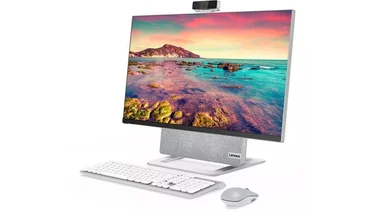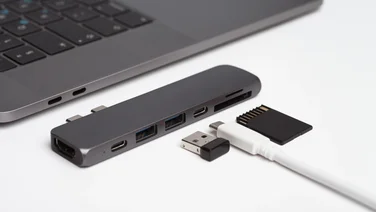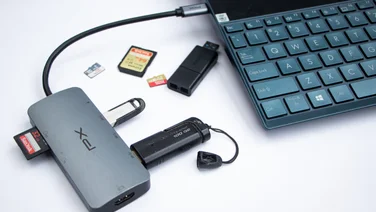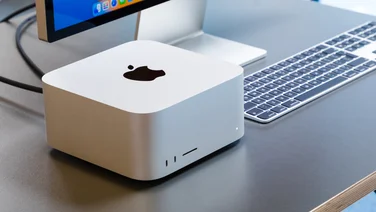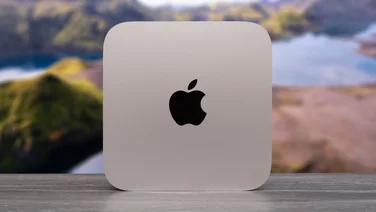To help us provide you with free impartial advice, we may earn a commission if you buy through links on our site. Learn more
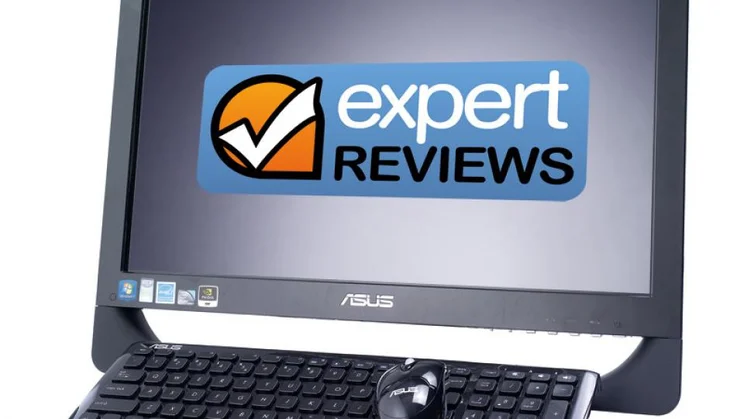
The 20in Asus EeeTop ET2010PNT, like the company’s Eee PC netbook range, uses an Intel Atom processor, which helps reduce power consumption and means the computer can fit in a smaller case, and it’s a very thin computer that’s barely bigger than a standard monitor. A paddle on the rear is hinged on a spring to allow for a range from about 100degrees to 120degrees of tilt. It also has the effect of increasing the amount of space the ET2010PNT takes up, so you’ll need to allow for up to 185mm of depth. We weren’t enamoured by the ET2010PNT’s looks: a silver plastic back panel is oddly matched with a glossy black bezel, and the striped plastic stand looks like it was bolted on as an afterthought. It’s odd that Asus hasn’t included VESA mounts, as the ET2010PNT would be ideal for attachment to an adjustable stand or wall mount (the separate ET2010PNT-B038E has a wall-mount option). Asus has used the latest Atom processor: the D510. This has two physical cores and two virtual cores from Hyper-Threading, appearing as a quad-core processor in Windows. It has the same 1.66GHz speed as previous Atom chips. While the processor supports up to 4GB of RAM, ASUS has fitted just 2GB. That said even with two cores and Hyper Threading, the ET2010PNT isn’t that powerful scoring just 25 overall in our benchmarks. This is fine for email, web browsing and some light office work, so the amount of RAM should prove sufficient. Although the processor has integrated Intel graphics, Asus has opted for an Nvidia ION graphics chipset. This can’t handle games, but can decode HD video, which is well suited to the screen’s 1,600x900resolution. This resolution is high enough to work comfortably on and provides plenty of desktop space. It’s a touchscreen with multi-touch support, so that you can use Windows 7 gestures, such as pinching to zoom. We’re not entirely convinced by touchscreens on desktop computers, but the support’s there if you want to use it. While the display is decent enough for watching movies, we found it wasn’t as bright as we’d like, and colours lacked punch, with some fading towards the edge of the screen. There are image quality controls accessible via a Menu button underneath the screen, and we found setting colour to sRGB and turning brightness to the maximum helped a lot. If you want to plug another device into the screen, there’s an HDMI input. The ports and optical drive are neatly tucked away behind each side, with two USB ports, audio sockets and a memory card reader on the left side. Four more USB ports are on the rear, although one of these will need to be used for the wireless dongle, so that you can use the wireless mouse and keyboard. We found the mouse far too small, and the keyboard’s keys were far too springy and its half-height Enter key caught us out a few times.
The touchscreen still seems to us like a gimmick, as without decent touch-enabled software, using Windows is made no easier. It does have its place – for use as a second computer in the kitchen, for example – but for general use, switching between using a keyboard and mouse and touching the screen is clumsy.

